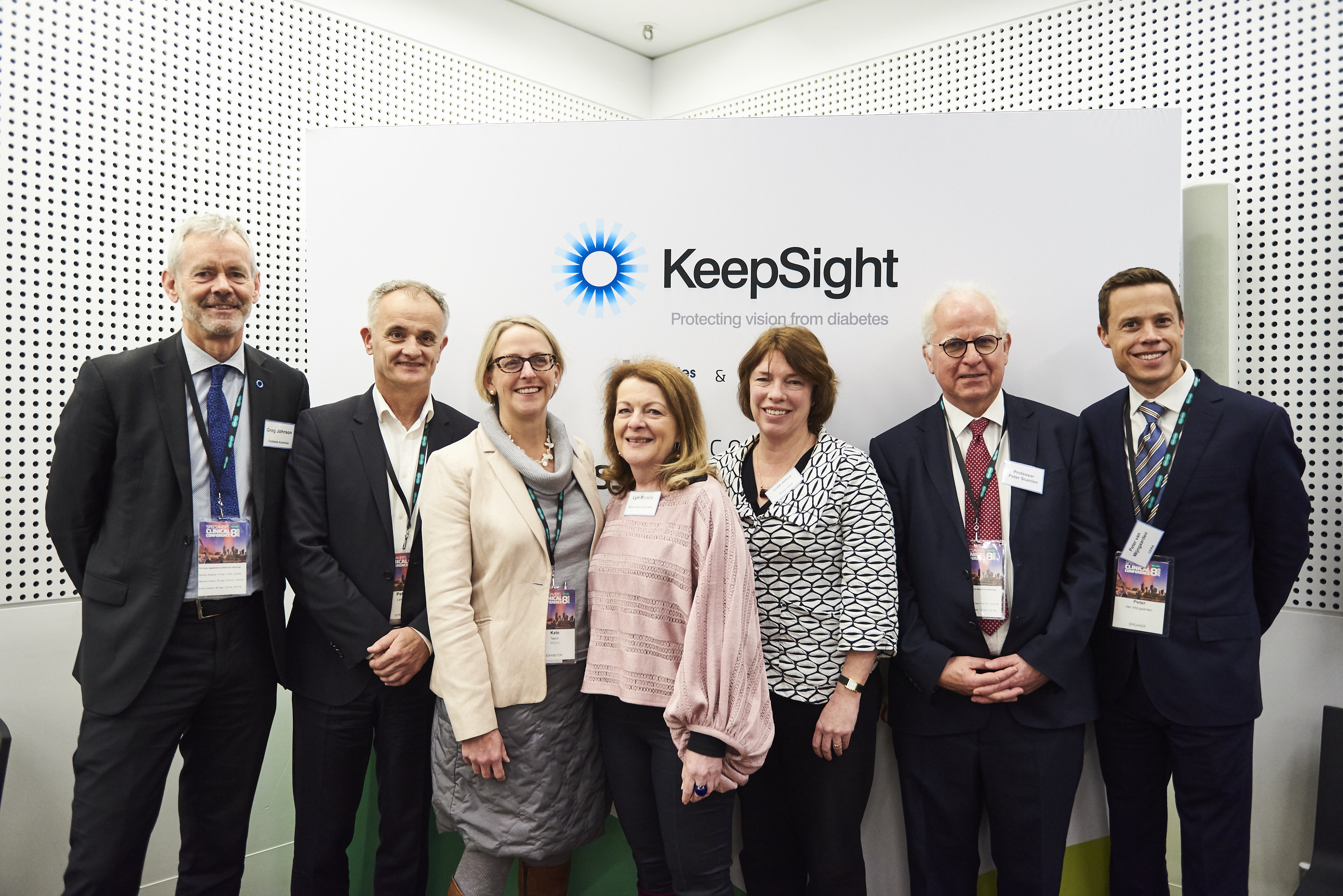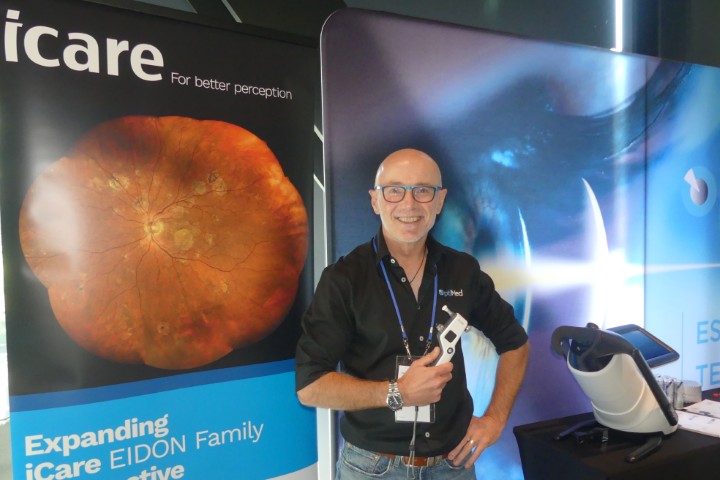KeepSight: fighting diabetic eye disease in Australia
The Australian KeepSight screening initiative was launched at the end of 2018 and started in earnest at the beginning of this year.
Inspired by England’s NHS Diabetic Eye Screening Programme, which halved sight loss among England’s diabetic population in 10 years, the concept is simple: to increase the number of diabetics who have regular eye checks in order to prevent diabetes-related vision loss. Patients who register, or are registered, by their optometrist or other health professional, receive information and alerts encouraging them to have regular diabetes eye checks.
KeepSight has initially been funded by a five-year annual commitment of AUD$1 million from Specsavers and AUD$1 million from the Australian government.
Since the beginning of this year, when KeepSight was still in its infancy and the number of diabetes patients being actively tracked and screened for diabetic eye diseases was negligible, there have been 13,000 diabetic patient registrations. The programme is on track to reach 67,000 registrations by the end of its first year and its 200,000 target, said Associate Professor Peter van Wijngaarden, from the Centre for Eye Research Australia, speaking at SCC8. “Almost all vision loss from diabetes is preventable. KeepSight is a remarkable partnership between so many organisations, but without eye healthcare providers signing up their patients to KeepSight, it won’t work.”
Fellow SCC8 keynote speaker Professor Peter Scanlon, co-designer, director and champion of England’s successful diabetic eye disease screening programme, discussed the power of diabetic eye screening and its positive economic impact at a special KeepSight lunch at SCC8 and a political meeting in Canberra a day later.
Talking with A/Prof van Wijngaarden, Specsavers’ Peter Larsen and Diabetes Australia CEO Professor Greg Johnson, Scanlon’s presentation emphasised the importance of collaboration, education and promotion to ensure no diabetic fell through the cracks when it came to screening.
Diabetes is one of the fastest growing conditions in Australia directly affecting over 1.7 million people - 280 people are diagnosed every day. By 2030, that total is expected to reach 2.5 million.
The SCC8 lunch was attended by a broad group of eye health stakeholders, all keen to ensure the success of the KeepSight screening programme, including Vision 2020 Australia, Optometry Australia, Orthoptics Australia, Oculo, Glaucoma Australia and the Fred Hollows Foundation.


























